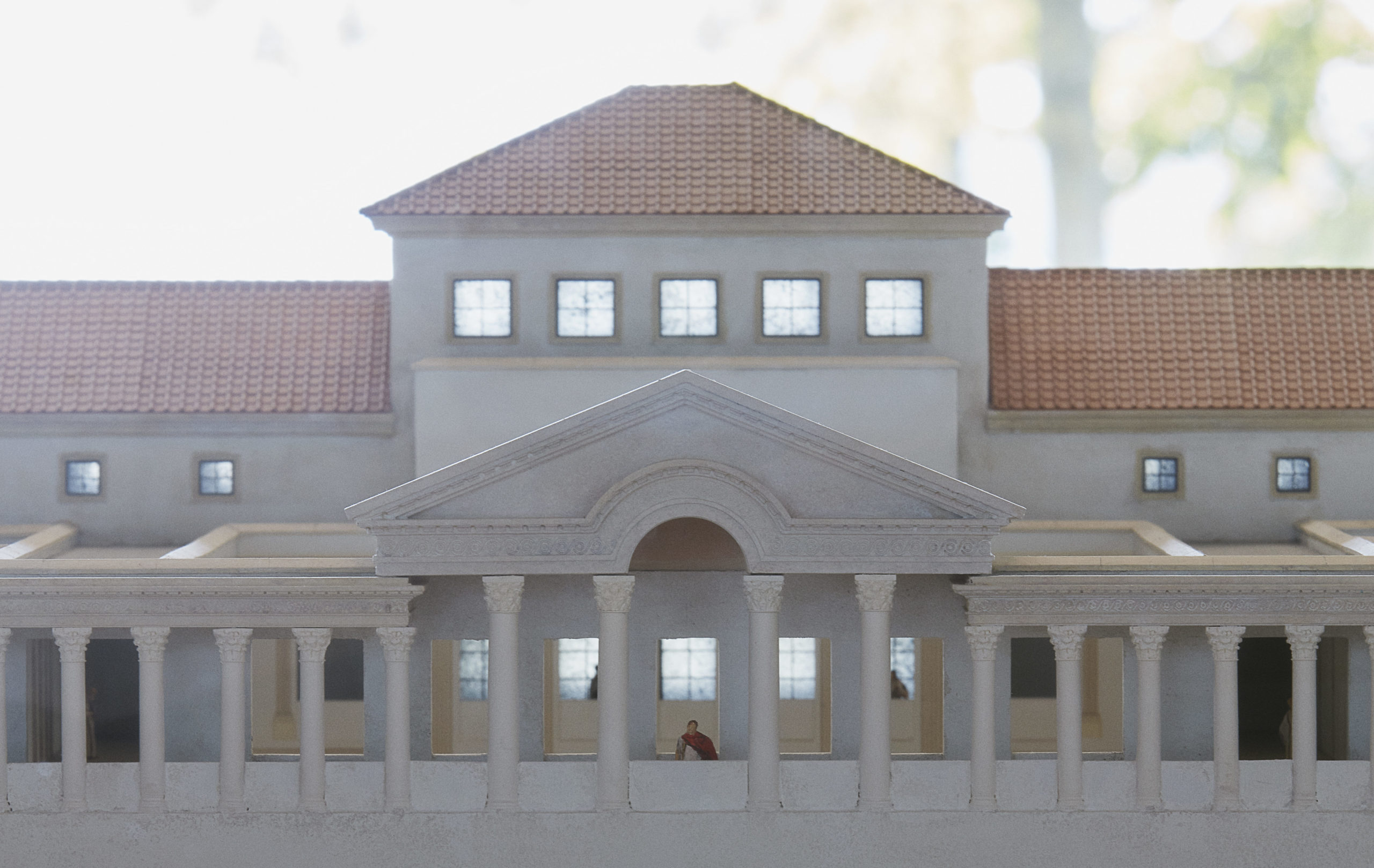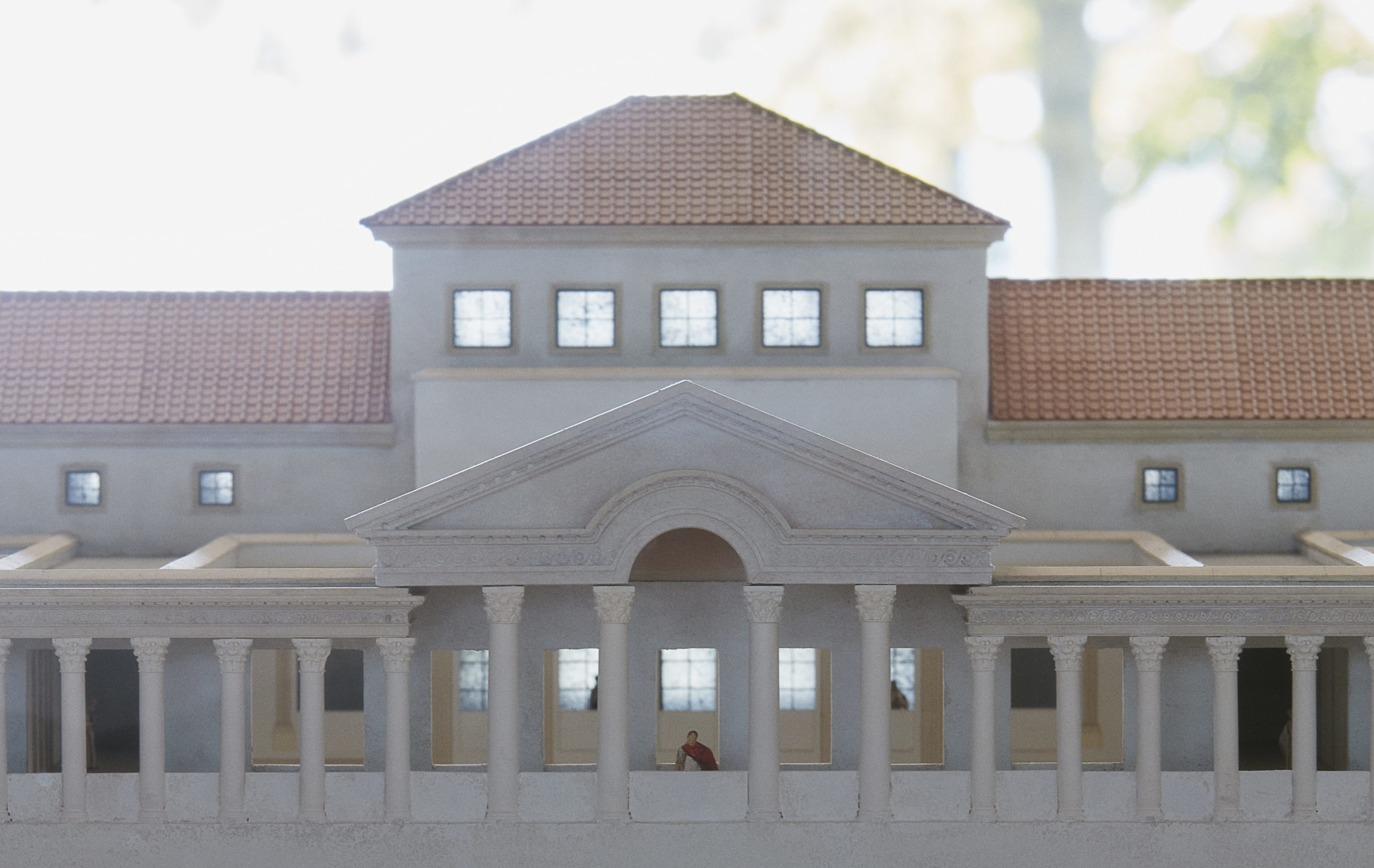Ouvert de 10h à 17h
Ouvert de 10h à 17h
Marc-Antoine Kaeser
Laténium, 2022, 137 pages, 104 illustrations. 22,5 x 30,5mm.
ISBN : 978-2-9701062-8-9
Discovered in 1857 on the shore of Lake Neuchâtel, La Tène is one of the most famous archaeological sites in Switzerland. Thanks to the richness of the archaeological deposits and the exceptional state of preservation of the finds, the site has been used to characterize the Late Iron Age (c. 450-50 BCE), commonly referred to as the “Celtic civilization”, which is attested to over a large part of Europe, from the British Isles to Anatolia and from the Iberian Peninsula to the frontiers of Ukraine.
As explorations of the site progressed, La Tène became the centre of heated debate and unending conflicts of interpretation. However, over the past fifteen years the site has been the focus of an ambitious re-examination, uniting a host of scientific partners and a large number of institutions – in Switzerland, Europe and the United States – among which the corpus of archaeological reference finds from La Tène has been dispersed.
The present work provides an initial synthesis of recent research findings and proposes a new interpretation of the site. At the end of the 3rd century BCE, this important crossing point, charged with symbolic meaning, became the site of a battle monument where hundreds of weapons as well as the bodies of warriors still in full regalia were displayed in a spectacular staging intended to durably mark the minds of all who saw it.
Lavishly illustrated, this book resumes more than 150 years of research and presents a representative selection of finds from La Tène. It is enhanced by reproductions of a large number of archival documents and iconographic records (watercolours, drawings, engravings, paintings, photographs, etc.) that testify not only to the intensity of the archaeological investigations but also to the visual opulence of the representations inspired by this veritable “site of memory” of European Prehistory.
In order to guarantee affordable delivery costs and to avoid unforeseen customs duties, our orders are shipped exclusively within Switzerland.
Delivery outside Switzerland: please order the book through Editions Alphil.
CHF25.00
04 janvier 2026
| Heure : | De 13:30 à 14:15 |
|---|
04 janvier 2026
Chaque premier dimanche du mois, nous vous proposons deux visites guidées gratuites à 11h et à 11h45.
En 30 minutes, nos guides vous invitent à découvrir une forme d’habitat de notre passé. Ces lieux de vie et traces d’organisation sociale témoignent de l’adaptation des communautés à leur environnement.
Pour célébrer les 25 ans du Laténium, ces visites dévoilent une archéologie vivante, présente dans nos paysages comme dans nos traditions. Elles montrent comment le passé éclaire les enjeux d’aujourd’hui, et nous invitent à repenser notre présent pour imaginer le monde de demain.
Rendez-vous dans le hall du musée pour découvrir l’archéologie autrement!
L’entrée et la visite sont gratuites.
| Heure : | De 11:00 à 11:30 |
|---|
04 janvier 2026
Chaque premier dimanche du mois, nous vous proposons deux visites guidées gratuites à 11h et à 11h45.
En 30 minutes, nos guides vous invitent à découvrir une forme d’habitat de notre passé. Ces lieux de vie et traces d’organisation sociale témoignent de l’adaptation des communautés à leur environnement.
Pour célébrer les 25 ans du Laténium, ces visites dévoilent une archéologie vivante, présente dans nos paysages comme dans nos traditions. Elles montrent comment le passé éclaire les enjeux d’aujourd’hui, et nous invitent à repenser notre présent pour imaginer le monde de demain.
Rendez-vous dans le hall du musée pour découvrir l’archéologie autrement!
L’entrée et la visite sont gratuites.
| Heure : | De 11:45 à 12:15 |
|---|


